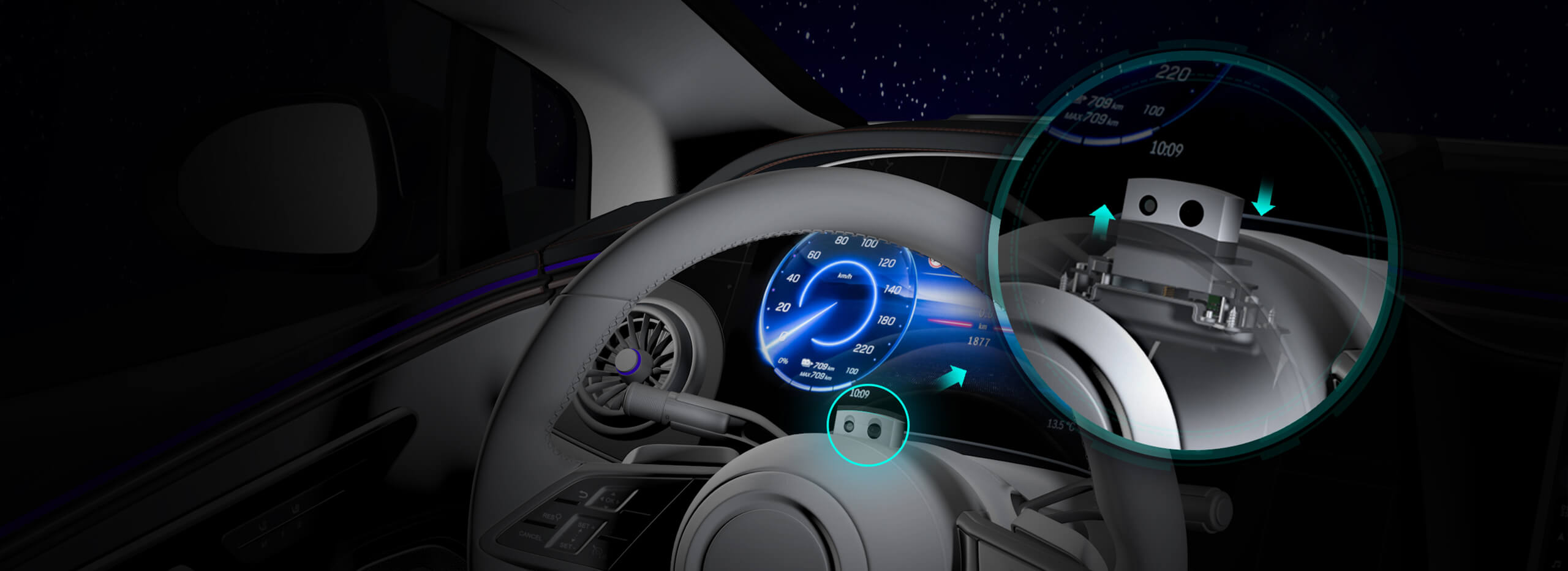Imagine a world where machines move with perfect precision, from robotic arms assembling smartphones to automated conveyor belts in sprawling warehouses. Behind the scenes of these seamless operations lies a pivotal component—what might seem like a small, unassuming motor but which, in reality, embodies the marvel of control and precision: the servo motor.

Among the diverse family of electric motors, the "oq e servo motor" stands out. It’s a term that, although not globally renowned yet, is gaining popularity in tech circles and industrial settings. To truly appreciate the significance of oq e servo motors, let's start with the basics—what they are, how they function, and their role in modern engineering.
Understanding the Servo Motor
In its essence, a servo motor is a rotary actuator that allows for precise control of angular position, velocity, and acceleration. Unlike conventional motors that just spin freely once powered, servo motors are equipped with feedback systems—usually encoders or resolvers—that continually inform their control systems about their position and speed.
These feedback mechanisms are the heart of the servo system: they enable real-time adjustments that keep the motor’s output aligned exactly as desired. This makes servo motors invaluable in applications demanding accuracy, such as robotics, CNC (Computer Numerical Control) machinery, camera autofocus systems, and even aircraft control surfaces.
Dissecting 'Oq e'
The phrase "oq e" might seem unfamiliar—it's not a standard technical term worldwide. In some contexts, especially within certain language groups or regional terminologies, this could be a transliteration or a specific brand, model, or modifier attached to the servo motor. Alternatively, it could be a term denoting a particular type or feature of the servo system, perhaps derived from a language or technical dialect.
However, for our purposes, let’s interpret "oq e servo motor" as a specialized, high-performance class of servo motors characterized by excellent precision, robustness in demanding environments, and advanced control features. These motors are crafted to deliver consistent performance, even in challenging operational conditions, making them ideal in industries where reliability is paramount.
Core Components of an Oq e Servo Motor
Every servo motor, including the oq e variant, is an assembly of key components:
Motor Unit: Usually a DC or AC motor that provides torque. Advanced models might also use brushless motors for enhanced longevity and efficiency. Feedback Device: The encoder or resolver that feeds real-time data about the motor's position and speed. Controller: The smart brain that processes signals from the feedback device and adjusts power delivery to the motor accordingly. Power Supply: Provides the necessary electrical energy, often with integrated filtering to ensure smooth operation. Mechanical Linkages: Gears, couplings, or shafts that connect the motor to the load or the mechanism being controlled.
In oq e servo motors, these components are integrated with a focus on high accuracy, fast response times, and durability. Modern designs incorporate advanced semiconductor components like IGBTs (Insulated Gate Bipolar Transistors) and digital control methods that enable rapid, precise adjustments.
Key Features and Advantages of Oq e Servo Motors
High Precision and Accuracy: Thanks to sophisticated feedback systems and advanced control algorithms, oq e servo motors can achieve angular resolutions in fractions of a degree. Dynamic Response: They respond quickly to control signals, enabling fast movements and adjustments needed in high-speed automation. Robustness: Designed to withstand rigorous industrial environments—vibration, dust, heat—without losing performance. Energy Efficiency: Better control translates into less wasted energy, making oq e servo motors an environmentally friendly choice in sustainable manufacturing. Customizability: Manufacturers often customize these motors for specific applications, whether that’s in medical devices, aerospace, or precision manufacturing.
Applications Across Industries
The versatility of oq e servo motors is evident in their widespread adoption across numerous sectors:
Robotics: Precise joint movements, arms, and grippers depend heavily on high-performance servo motors for fluid, exact motion. Automated Manufacturing: From CNC machines to packaging lines, oq e servo motors drive productivity by ensuring quality and speed. Aerospace and Defense: Their reliability and precision are critical for navigation systems, autonomous drones, and simulators. Medical Equipment: Equipment like MRI machines, surgical robots, and diagnostic devices rely on accurate and responsive servo systems. Renewable Energy: They control solar panel positioning and wind turbine blade adjustment, contributing to optimized energy capture.
The Future of Oq e Servo Motor Technology
Rapid advancements in electronics, materials science, and control algorithms promise an exciting future for oq e servo motors. Emerging trends include:
Integration with IoT: Embedding smart sensors to enable predictive maintenance, remote diagnostics, and enhanced control strategies. Miniaturization: Developing ultra-compact solutions for biomedical devices and consumer electronics. AI-Enhanced Control: Using machine learning algorithms to optimize performance, reduce energy consumption, and adapt to changing operational conditions. Sustainable Materials: Incorporating eco-friendly materials and energy-efficient components to reduce environmental impact.
As industries push toward smarter, more autonomous systems, the role of high-precision, reliable servo motors like the oq e variant becomes indispensable. Their capacity to seamlessly blend power, accuracy, and durability makes them a cornerstone of modern automation.
Leveraging innovations in modular drive technology, Kpower integrates high-performance motors, precision reducers, and multi-protocol control systems to provide efficient and customized smart drive system solutions.




































